The willow tree, or “yanagi” in Japanese, is a familiar sight across Japan, particularly along rivers and in wetlands. With its graceful, swaying branches, the willow tree has been a part of Japanese culture for centuries, appearing in poetry, art, and folklore. However, beyond its beauty, the willow tree has a mysterious and eerie side, often linked to supernatural beings in Japanese folklore. One such being is the “Yanagi Baba,” a yokai, or supernatural creature, believed to inhabit old willow trees.
In this article, we’ll explore the characteristics of the willow tree and delve into the legend of Yanagi Baba. We’ll also examine why the willow tree is often associated with yokai and its significance in Japanese mythology.
Characteristics of Willow Trees
The willow tree is a deciduous broadleaf tree that can be found throughout Japan. It’s well known for its thin, long branches and slender leaves that create a calming and serene atmosphere as they sway in the wind.
Appearance and Growth Conditions of Willow Trees
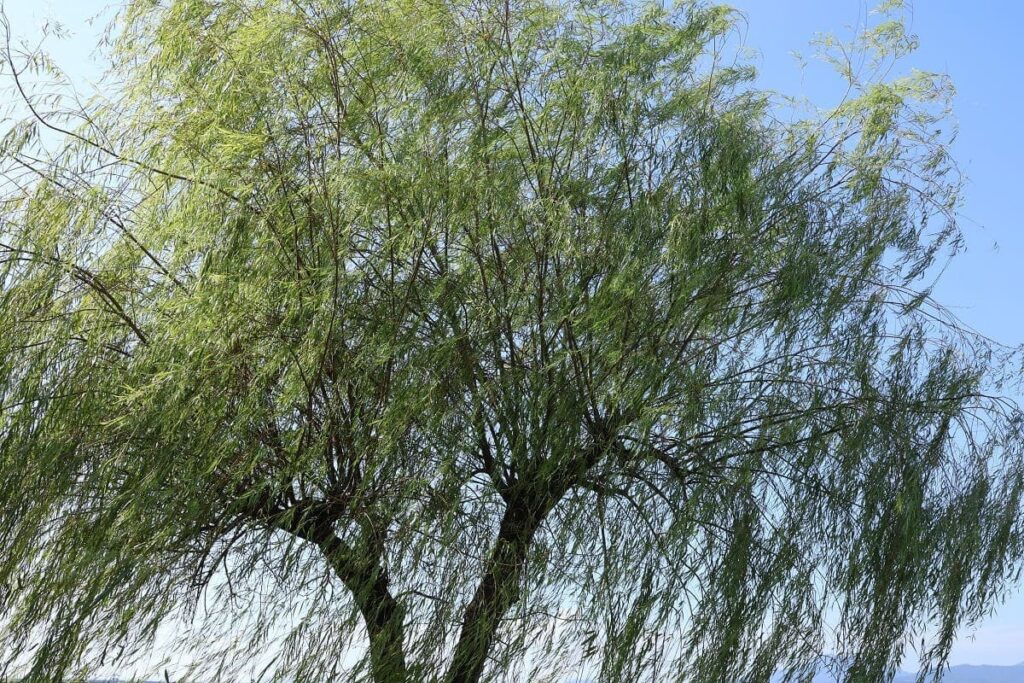
Willow trees have long, flexible branches and narrow leaves that droop gracefully, giving them their distinctive appearance. The leaves are a soft green color, and the branches sway gently in the breeze, creating a peaceful, soothing image often seen in traditional Japanese gardens and landscapes.
Willows thrive in damp environments and are commonly found along rivers, lakes, and wetlands. The tree’s strong root system helps prevent soil erosion and acts as a natural defense against floods, which is why it has been planted in many areas for both practical and aesthetic purposes. This ability to adapt to moist conditions has made the willow a common sight across Japan.
Willow Trees in Japanese Culture
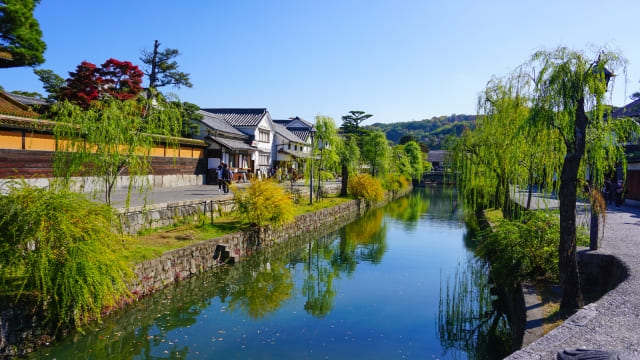
Willow trees hold a special place in Japanese culture and have appeared in poetry, paintings, and traditional literature for centuries. In Japanese haiku and waka (classical Japanese poetry), the willow is often used as a symbol of fleeting beauty and the ephemeral nature of life, especially during the transition from summer to autumn.
The tree is also frequently associated with themes of sadness or longing, as its drooping branches evoke a sense of melancholy. In classical literature, the willow sometimes symbolizes parting, loss, or nostalgia, making it a powerful cultural icon in Japan.
Symbolic Meaning of Willow Trees
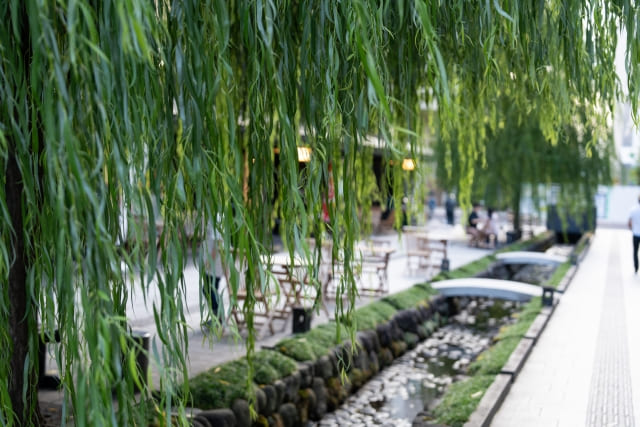
In addition to representing beauty and flexibility, the willow tree is also a symbol of resilience. Its flexible branches can bend without breaking, symbolizing the ability to endure hardship and recover from difficult situations.
However, willows are also believed to have a darker, supernatural side. Throughout Japanese folklore, willow trees have been associated with spirits and yokai, supernatural creatures that inhabit the trees. The mysterious nature of the willow’s movement and its presence in misty, secluded areas has long made it a symbol of otherworldly beings.
What is the Japanese Yokai “Yanagi Baba”?
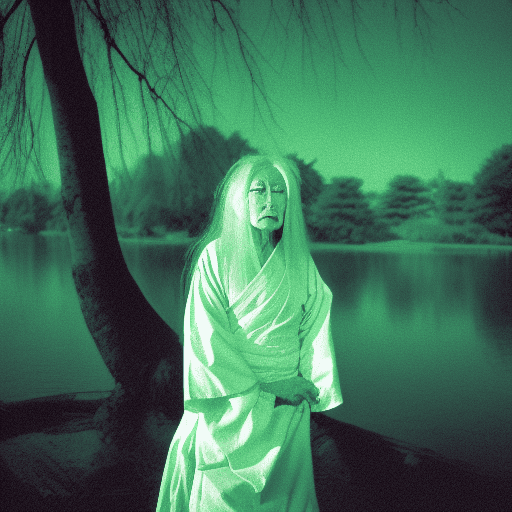
Yanagi Baba, which translates to “Willow Hag,” is a yokai that appears in Japanese legends. She is believed to live in old willow trees and takes the form of a frail old woman. Yanagi Baba has been feared for centuries, especially in rural areas near forests and rivers.
Origins of the Yanagi Baba Legend
The origins of Yanagi Baba vary across regions, but one common theme is the belief that when a willow tree grows old, it becomes a dwelling for spirits. Yanagi Baba is thought to be one of these spirits, emerging from the ancient tree to haunt those who venture too close. In some versions of the legend, Yanagi Baba is said to be the spirit of a woman who died and whose soul was absorbed by the tree.
The legend of Yanagi Baba is often told in areas where willow trees are abundant, and people traditionally avoided these places at night for fear of encountering this yokai.
Appearance and Nature of Yanagi Baba
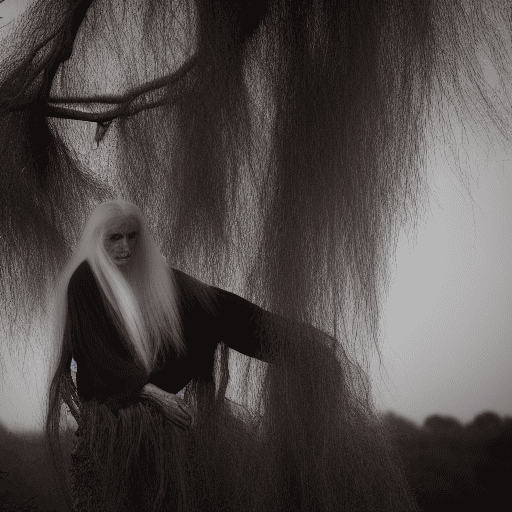
Yanagi Baba is depicted as a withered old woman, with thin, tangled hair and ragged clothes. Her appearance is often likened to the branches of the willow tree—long, thin, and bending with the wind. Her movements are slow and deliberate, matching the eerie swaying of the tree.
She is generally seen as a malevolent spirit who brings misfortune to those who come near her tree. According to folklore, people who sleep beneath a willow tree may be cursed or even spirited away by Yanagi Baba to the world of the dead. Her association with death and spirits has made her a feared figure in Japanese mythology.
Places Where Yanagi Baba Appears and Its Role
Yanagi Baba is said to appear near ancient willow trees, particularly in damp, foggy areas like wetlands and riversides. The eerie, misty atmosphere of these places only adds to the supernatural aura surrounding her legend.
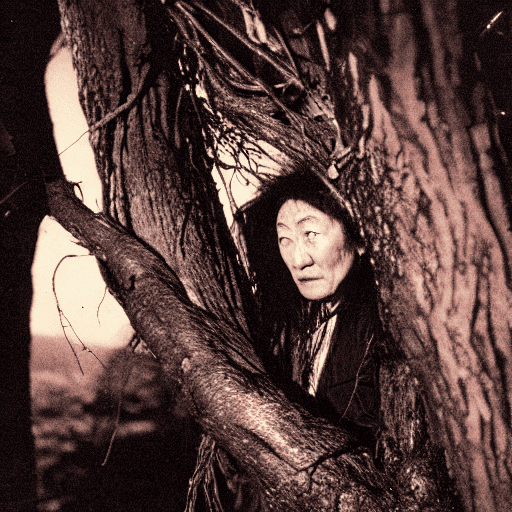
In some stories, Yanagi Baba is believed to guide the souls of the dead, helping them transition from the mortal world to the afterlife. This has led to her association with cemeteries and shrines where willows are often planted, reinforcing her role as a bridge between the living and the dead.
The Relationship Between Willow Trees and Yokai
Why Are Willows Associated with Yokai?
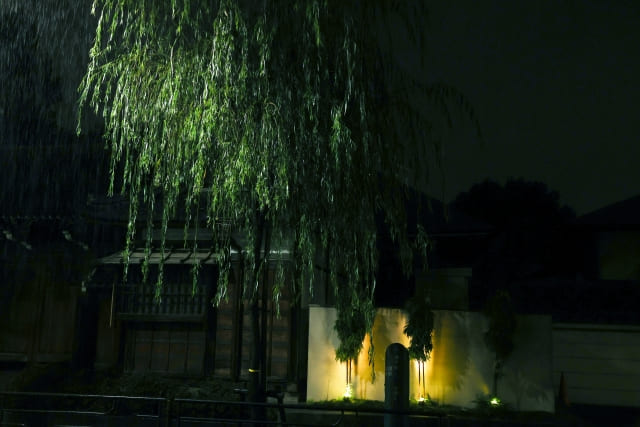
Willow trees have long been associated with yokai due to their mysterious appearance. The way their branches move in the wind, combined with their tendency to grow in secluded, misty areas, makes them a natural fit for ghost stories. The swaying of the branches is often compared to the movements of spirits, and their roots are believed to connect to the underworld, further linking them to supernatural phenomena.

You can find lots of willow trees (Yanagi) in the game “Nioh2” as well!

We sometimes talk about willow trees in our game play.
Other Yokai and Legends Related to Willows
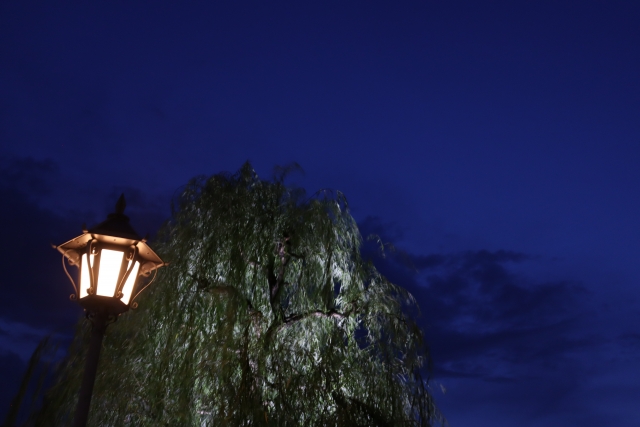
In addition to Yanagi Baba, there are other yokai and legends associated with willows. For example, there are stories of people being trapped by the branches of willow trees or encountering strange beings beneath their shade. These tales highlight the belief that willows are not just ordinary trees, but rather gateways to otherworldly realms where spirits and yokai reside.
Q&A about Yanagi
- QWhy are willow trees connected to yokai in Japanese folklore?
- A
Willow trees are linked to yokai because of their eerie, swaying appearance and their association with damp, misty areas. Their branches are often seen as resembling the movements of spirits, and they have long been believed to be homes for supernatural beings like Yanagi Baba.
- QAre there any other yokai related to willow trees besides Yanagi Baba?
- A
Yes, There is another Yokai by the name Yanagi onna. She appears under the Yanagi tree and seems to always be holding a baby in her arms.
Fianl thoughts about yanagi tree and yanagi baba
The willow tree has been an iconic part of Japan’s natural landscape for centuries, celebrated for its beauty and grace. However, it also has a more mysterious and eerie side, playing a significant role in Japanese folklore and yokai legends. Yanagi Baba, the Willow Hag, is just one of the many yokai believed to dwell in these ancient trees, serving as a reminder of the close relationship between nature and the supernatural in Japanese culture.
Understanding the stories of willow trees and yokai like Yanagi Baba helps us appreciate the deeper layers of meaning and tradition behind Japan’s natural environment and its rich mythology.

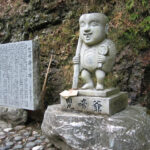
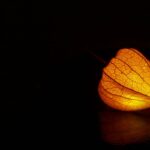
Comments